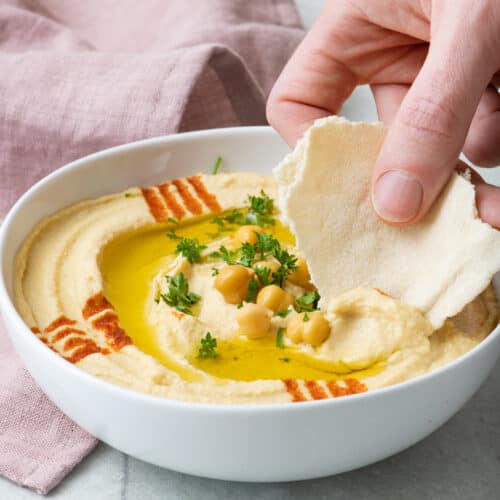While food often isn’t the first thing that springs to mind when it comes to Palestine, there are many delicious delicacies that are native to the Palestine region. The Palestine emergency dominates the news in relation to the region; however, there’s a lot more to be said for the area than this. Not only are Palestinian dishes flavorful, but the vast majority are healthy, too. To that end, detailed below are some of the top Palestinian dishes that the region has to offer. From falafel to maqluba, there are so many tasty delicacies to indulge in, as listed below.
First up is none other than falafel, which is chickpea fritters. Although these are listed as one of the national dishes of Israel, they’re also a staple in other Middle Eastern countries, including Lebanon and Palestine. It’s thought that falafel could have evolved from the Egyptian dish, taameya, with Yemenite immigrants in Israel making and selling falafel to earn money in the 1950s. As a result, the ancient dish became recognized as an early form of Israeli fast food. The Egyptian version, known as taameya, differs in the sense that it’s made from fava beans instead of chickpeas; however, it still tends to be flavored in the same way.
Mujaddara is a vegetarian combination of rice and lentils, and it’s typically served alongside fresh salads. Essentially, the dish comprises cooked lentils and rice, in addition to generous amounts of onions sauteed in olive oil. Alongside the dish, garlic or plain yogurt is typically served; however, this will take away from the vegan-friendly nature of the dish. Similarly, flatbread is often enjoyed with the dish, and this is typically used in place of utensils. The traditional version of the dish has been described; however, non-traditional versions are also available, which may include bulgur instead of rice.

Hummus is enjoyed on a global scale, being made from mashed chickpeas, tahini sesame paste, lemon juice, and garlic. Hummus is renowned for its tangy flavor, as well as its composition packed full of nutrients. Typically speaking, hummus is served with a drizzle of olive oil, and it’s predominantly used as a filling for flatbreads or a dip for vegetables. Interestingly, there’s not too much information available about the history of hummus; however, the earliest mentions of such date all the way back to the 13th century. In spite of its age, hummus remains a staple in a number of diets across the globe.
Taboon is a Middle Eastern flatbread, which is traditionally baked in a clay oven to create a characteristically bubbly shape. The recipe contains flour, water, yeast, and sugar, making for a light and fluffy bread. Traditionally, taboon is filled with hummus, shredded meat, or falafel and sold as street food. Meanwhile, it can also be used to scoop up gravy-based dishes, such as stews. Bread is often used in Palestine in place of utensils, and this even works to reduce wastage by soaking up everything in the dish for consumption.
Last but certainly not least is Maqluba, which is the national dish of Palestine. This is a layered one-pot dish; however, there are many variations of it, being found in Jordan, Iraq, and Syria. That said, the basic principle of the dish is to turn it upside down before serving, as this is what maqluba means. The dish consists of vegetables, rice, herbs, spices, and meat; however, the meat is an optional addition. The ingredients tend to be cooked, layered, and boiled until the liquid has evaporated completely. After a quick garnish, the dish is ready to enjoy.
Be the first to post comment!